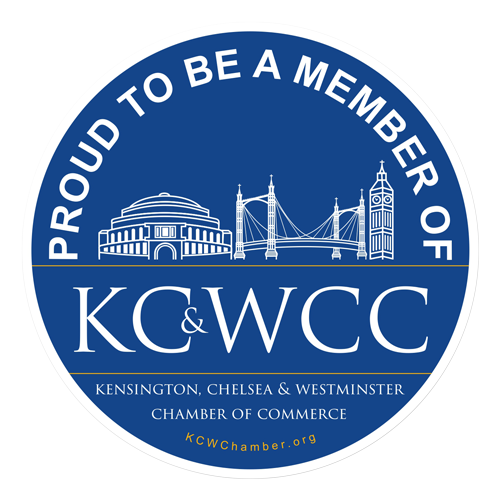Essential
Essential cookies help make a website usable by enabling basic functions like page navigation and access to secure areas of the website. The website cannot function properly without these cookies.
Functionality
Functionality cookies are small pieces of data stored that helps website function properly by remembering user preferences, language, region, etc
Analytics
Analytics cookies or performance cookies are used to track website visitors and their user behaviour
Advertising
Advertising cookies are used to track visitors across websites. The intention is to display ads that are relevant and engaging for the individual user and thereby more valuable for publishers and third party advertisers
Personalisation
Personalization cookies are cookies that remember a user's preset features and preferences for a specific site, such as preferred language or currency


















































